Home>Interior Design>How Do I Make My Feng Shui House Happy? The Experts Advise
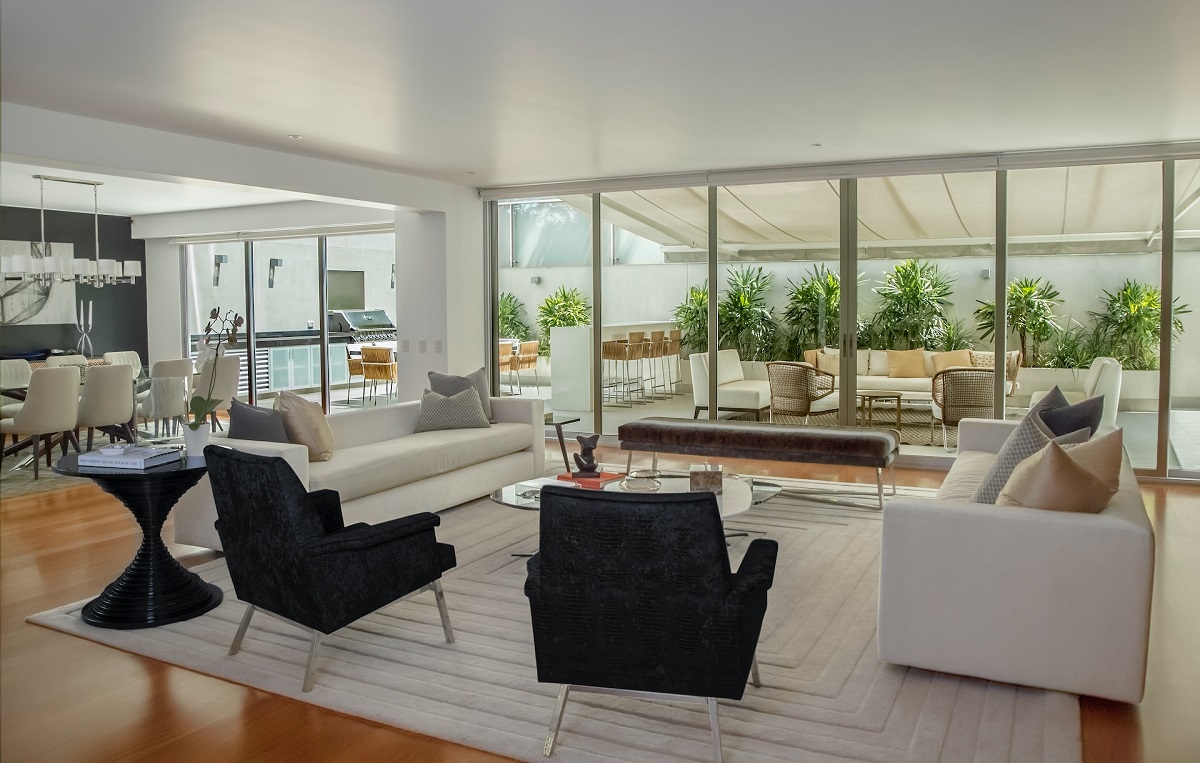

Interior Design
How Do I Make My Feng Shui House Happy? The Experts Advise
Modified: January 22, 2024
Learn expert tips on how to create a happy Feng Shui house with effective interior design techniques. Enhance the flow of positive energy and harmony in your home.
(Many of the links in this article redirect to a specific reviewed product. Your purchase of these products through affiliate links helps to generate commission for Storables.com, at no extra cost. Learn more)
Introduction
Welcome to the world of Feng Shui, a practice that harnesses the power of energy to create harmony and balance in our living spaces. If you’ve ever wondered how to make your home a happier place, the experts have some valuable advice to share.
Feng Shui, which originated in ancient China, is based on the belief that our physical surroundings have a profound impact on our well-being. By creating a balanced and harmonious environment, we can attract positive energy, improve our health, and cultivate a sense of peace and joy in our homes.
Whether you are renovating your space or simply looking to make some changes, incorporating Feng Shui principles can transform your house into a sanctuary of positivity. In this article, we will explore various ways to infuse your home with good energy and create a happy and harmonious atmosphere.
From understanding the basics of Feng Shui to implementing specific techniques, we will delve into the world of energy flow, colors, furniture arrangement, decluttering, and more. By following these expert tips, you can create a space that not only looks beautiful but also feels serene and uplifting.
So, if you’re ready to embark on a journey of good energy and abundance, let’s dive into the world of Feng Shui and discover how to make your home a happier place!
Key Takeaways:
- Infuse your home with positive energy by balancing Yin and Yang, maximizing natural light, and incorporating Feng Shui cures. Trust your intuition and create a harmonious sanctuary that uplifts your spirits.
- Create a happy and harmonious home through Feng Shui practices. From decluttering to enhancing indoor air quality, prioritize cleanliness and balance to nurture a space that supports well-being and abundance.
Understanding Feng Shui
In order to create a happy and harmonious home, it’s essential to have a basic understanding of Feng Shui principles. At its core, Feng Shui is all about the flow of energy, or “chi,” in our spaces.
According to Feng Shui, our living environments reflect our inner selves, and by enhancing the energy flow in our homes, we can positively influence all aspects of our lives. This ancient practice encompasses various elements, including colors, shapes, materials, and the arrangement of furniture and accessories.
Feng Shui is divided into two main categories: Yin and Yang. Yin represents passive energy, while Yang represents active energy. A harmonious balance between Yin and Yang is crucial for a happy and balanced home.
There are several key principles of Feng Shui to keep in mind. One is the Bagua, which is an energy map that divides a space into eight sections, each corresponding to a different area of life, such as wealth, relationships, and health. By applying specific enhancements and cures to each section, we can enhance the energy flow and bring positive energy into these areas.
Another important principle is the Five Elements, which are Wood, Fire, Earth, Metal, and Water. Each element is associated with specific colors, shapes, and materials. By incorporating all five elements in our home decor, we can create a harmonious and balanced environment.
Feng Shui also pays great attention to the entrance of a home, as it is considered the “mouth” of the energy flow. A well-maintained and inviting entrance allows positive energy to enter the house, while a cluttered and neglected entrance can block the flow of energy. Lighting, color, and the placement of mirrors are just a few key elements to consider when creating a balanced entrance.
Understanding these fundamental concepts of Feng Shui will lay the foundation for creating a happy and harmonious home. In the following sections, we will explore specific techniques and practices to enhance the energy flow in different areas of your living space.
Creating a Balanced Entrance
When it comes to Feng Shui, the entrance of a home holds significant importance as it is the gateway for energy to enter. Creating a balanced and inviting entrance sets the tone for positive energy flow throughout the entire house.
One of the first things to consider is lighting. Adequate lighting at the entrance creates a welcoming and vibrant atmosphere. Natural light is ideal, but if your entrance lacks windows, ensure that the space is well-lit with artificial lighting. A well-lit entrance uplifts the energy and invites positive vibes into the home.
Color is another crucial aspect. Choose colors that resonate with the energy you want to invite into your home. For a balanced and harmonious entrance, opt for earthy tones like beige, taupe, or soft shades of yellow. These colors promote grounding and stability, creating a sense of security right from the moment you step inside.
To enhance the energy flow, it is recommended to have a clear and clutter-free entrance. Remove any unnecessary items or obstacles that block the path and obstruct the movement of energy. A clutter-free space allows energy to flow freely and smoothly, promoting a sense of peace and clarity.
Mirrors are excellent Feng Shui tools that can expand the space and reflect light, creating a sense of openness. Place a mirror strategically at the entrance to draw in positive energy and amplify the flow of energy throughout the house. However, ensure that the mirror reflects something beautiful and uplifting rather than negative or cluttered space.
Lastly, adding auspicious symbols or decorations to the entrance can further enhance the positive energy. Consider placing a beautiful potted plant or a vibrant welcome mat to attract good luck and prosperity. These small additions can make a big impact on the overall energy of the entrance.
By creating a balanced entrance with good lighting, harmonious colors, decluttered space, and positive symbols, you set the stage for positive energy flow and invite happiness and abundance into your home. Remember, your entrance is the first impression of your space, so take the time to make it welcoming and energetically uplifting.
Maximizing Natural Light
Natural light is a vital element in creating a happy and harmonious home. It not only illuminates our living spaces but also has a significant impact on our mood and well-being. Maximizing natural light in your home can enhance the energy flow and create a vibrant and uplifting atmosphere.
One of the first steps in maximizing natural light is to keep your windows clean and unobstructed. Make sure to clean both the interior and exterior of your windows regularly to allow maximum sunlight to enter your home. Remove any heavy curtains or blinds that block the light and opt for light and sheer window coverings that still provide privacy while allowing ample natural light to filter through.
Strategic placement of mirrors can also help maximize natural light. Hang mirrors on walls opposite windows to reflect and amplify the sunlight throughout the room. This creates an illusion of more space and brightness, enhancing the overall energy and ambiance of the space.
If your home lacks sufficient natural light, consider adding skylights or light tubes. These additions can bring in an abundance of natural light, particularly in areas where windows are limited or not feasible. Skylights allow sunlight to pour in from above, while light tubes, also known as sun tunnels, can channel natural light from the roof into small or dark spaces, such as hallways or bathrooms.
Using light and reflective surfaces in your home can also maximize natural light. Choose light-colored paint for walls and ceilings to create a brighter and more open atmosphere. Glossy or reflective finishes on furniture, flooring, or decor can also help bounce natural light around the room, amplifying its effect.
Another way to optimize natural light is to trim any nearby trees or bushes that may be casting shadows on your windows. By ensuring that sunlight can freely enter your home, you maximize the natural light available and create a more uplifting environment.
Incorporating natural light into your home not only brightens up the space but also has numerous health benefits. Exposure to natural light promotes the production of vitamin D, boosts mood, and supports overall well-being. By maximizing natural light, you create a healthier and happier living space for you and your family.
Remember, sunlight is free and abundant, and by making a few simple adjustments, you can harness its power to create a bright and positive energy flow in your home.
Nurturing the Flow of Energy
One of the core principles of Feng Shui is the flow of energy, also known as chi, throughout your home. Nurturing and enhancing the flow of energy is essential for creating a harmonious and positive environment. Here are some tips to help you nurture the flow of energy in your living spaces.
The first step is to declutter your home. Clutter obstructs the energy flow and creates stagnant areas, which can negatively impact the overall energy of your space. Take the time to go through each room and remove any unnecessary items or belongings that no longer serve a purpose. Keep surfaces clean and organized to allow the energy to move freely.
Open up your space by arranging furniture in a way that facilitates the flow of energy. Avoid blocking pathways with large furniture pieces and ensure that there is enough space for energy to circulate. Place furniture in a way that promotes conversation and connection, allowing positive energy to flow between people in the room.
Incorporate natural elements, such as plants and water features, to enhance the flow of energy. Plants not only add beauty and freshness to your space but also purify the air and promote positive chi. Choose plants with rounded leaves or those associated with good luck, such as the money plant or the peace lily.
Including a water feature, such as a small fountain or aquarium, can also nurture the flow of energy in your home. The gentle movement and sound of water bring a sense of tranquility and attract positive energy. However, ensure that the water is clean and well-maintained to avoid stagnant or negative energy.
Another way to nurture the flow of energy is through the use of sound. Incorporate soothing sounds, such as wind chimes or gentle music, to create a harmonious atmosphere. Sound vibrations can help disperse stagnant energy and invite fresh and positive energy into your home.
Keep your home well-ventilated to allow the flow of fresh air. Stale air can lead to stagnant energy, while fresh air promotes a vibrant and uplifting environment.
Lastly, be mindful of the energy in your home and regularly cleanse and purify it. This can be done through smudging with sage or using essential oils. Clearing negative energy and setting positive intentions help maintain a healthy and balanced energy flow in your living spaces.
Nurturing the flow of energy in your home is a continuous process. By incorporating these practices into your daily life, you can create a harmonious and positive environment that supports your well-being and happiness.
Choosing Harmonious Colors
Colors play a vital role in Feng Shui as they have the power to evoke specific emotions and energies. Choosing harmonious colors for your home can greatly enhance the energy flow and create a balanced and uplifting atmosphere. Here are some key principles to keep in mind when selecting colors for your living spaces.
One of the fundamental concepts in Feng Shui is the Five Elements, which are associated with specific colors. Understanding the relationship between colors and the Five Elements can help you create a harmonious color scheme in your home.
The Wood element is represented by the colors green and brown. These colors promote growth, vitality, and creativity. Incorporating shades of green and touches of brown through plants, furniture, or decor items can bring the energy of the Wood element into your space.
The Fire element is associated with vibrant and passionate colors such as red, orange, and purple. These colors bring warmth, excitement, and high energy. Adding accents of fiery colors through artwork, pillows, or accessories can infuse your space with the energy of the Fire element.
The Earth element is represented by neutral tones, such as beige, tan, and earthy browns. These colors create a sense of stability, grounding, and nourishment. Using earthy colors on walls, flooring, or furniture can create a solid foundation and a sense of security in your home.
The Metal element is associated with colors such as white, gray, and metallic shades. These colors promote clarity, cleanliness, and precision. Incorporating metallic accents, white furnishings, or gray tones can bring the energy of the Metal element into your space.
The Water element is represented by shades of blue and black. These colors evoke a sense of calmness, peace, and introspection. Adding touches of blue through artwork, textiles, or decorative items can invite the energy of the Water element into your home.
When selecting colors, it is also important to consider the function of each room. For example, calming and soothing colors are ideal for bedrooms, while vibrant and energizing colors are more suitable for living areas or home offices.
Additionally, achieving a good balance between yin and yang energies is essential when choosing colors. Yin colors, such as pastels and softer hues, promote relaxation and tranquility, while yang colors, such as bright and bold shades, energize and stimulate. Strive for a balance that suits the specific needs and activities in each space.
Lastly, trust your intuition and personal preferences when choosing colors. It’s essential that you feel a connection to the colors you incorporate into your home. If a particular color resonates with you and brings a sense of joy and positivity, it is likely to enhance the energy flow in your space.
By consciously selecting harmonious colors based on the principles of Feng Shui, you can create a visually pleasing and energetically balanced home that supports your well-being and uplifts your spirits.
Arranging Furniture for Positive Energy
The way you arrange your furniture can significantly impact the energy flow in your home. By arranging furniture for positive energy, you can create a harmonious and inviting environment that supports relaxation, connection, and productivity. Here are some tips to help you arrange your furniture in a way that promotes positive energy.
Start by considering the layout and function of each room. Think about how you use the space and the activities that take place there. Arrange furniture in a way that facilitates easy movement and promotes a clear flow of energy. Avoid blocking pathways or placing furniture in a way that hinders the natural flow of chi.
Consider the principles of Yin and Yang when arranging furniture. Yin energy is passive and calming, while Yang energy is active and stimulating. Striking a balance between the two is essential for a harmonious space. For example, in a living area, you can balance the energies by placing a comfortable sofa (yin) with a statement piece like a bold-colored armchair (yang).
Place furniture in a way that encourages conversation and connection. Arrange seating areas so that people can easily see and interact with each other. This fosters a sense of unity and promotes positive energy flow between individuals. Avoid placing furniture with their backs to each other or creating seating arrangements that feel disjointed or isolated.
Avoid placing furniture with sharp edges or corners directly facing areas where people spend a lot of time, such as beds or desks. Sharp corners create energetic arrows, known as poison arrows, which can disrupt the flow of energy and create a sense of unease. Use plants, curtains, or decorative screens to soften and redirect the energy.
Consider the function of the room when arranging furniture. In bedrooms, position the bed in a way that promotes restful sleep and relaxation. Place the bed against a solid wall for support and stability. In home offices, position the desk so that you have a clear view of the door, known as the “power position,” which promotes focus and productivity.
Leave ample space around furniture to allow energy to flow freely. Avoid overcrowding a room with too much furniture or stuffing it with unnecessary items. Keep the areas around furniture clear and open to encourage a feeling of spaciousness and ease.
Take into account the natural focal points of the room, such as a fireplace, a beautiful view, or a piece of artwork. Arrange furniture in a way that draws attention to these focal points, creating a sense of balance and harmony. This can enhance the positive energy and visual appeal of your space.
Lastly, trust your instincts and create a layout that feels right for you. Your intuition is a powerful guide in arranging furniture for positive energy. If a particular arrangement feels harmonious and aligns with your personal sense of comfort, it is likely to promote positive energy flow in your home.
By arranging your furniture with intention and considering the principles of Feng Shui, you can create a space that supports positive energy flow, connection, and well-being.
Ensure good air and light flow by keeping windows clean and open, and using air-purifying plants. Declutter regularly to allow energy to flow freely. Keep the space well-lit and incorporate natural elements like wood and stone for balance.
Decluttering and Organizing Spaces
Decluttering and organizing your living spaces is an essential practice in Feng Shui as it allows for the free flow of energy. It creates a harmonious and balanced environment that promotes a sense of calm and clarity. Here are some tips to help you declutter and organize your spaces for positive energy.
Start by tackling one area at a time. Set aside dedicated time to go through each room and sort through your belongings. Begin with smaller, manageable spaces like closets or drawers before moving on to larger spaces like living rooms or bedrooms. This allows you to focus on one area and prevents overwhelming feelings.
Adopt a systematic approach when decluttering. Sort items into categories such as keep, donate, and discard. Be honest with yourself and ask if each item truly serves a purpose or brings you joy. If not, it may be time to let go and create more space for positive energy. Remember the mantra, “less is more.”
Arrange your belongings in a way that is visually appealing and organizes them based on their function and frequency of use. Use storage solutions such as bins, baskets, and shelving to keep items tidy and easily accessible. This not only reduces clutter but also allows energy to flow smoothly throughout the space.
Pay attention to hidden clutter. It’s not just the visible areas that affect energy flow; hidden spaces like closets, attics, and basements also impact the overall energy of your home. Take the time to organize these areas and create a sense of order and cleanliness.
Avoid storing items underneath beds or placing furniture with storage directly beneath seating areas. This can create stagnant energy and hinder the flow of chi. Keep the area under the bed clear and let energy circulate freely.
Use Feng Shui cures and symbols to enhance the energy flow and create a sense of harmony. Place crystals, plants, or symbols of abundance in areas that need energetic support. These items can serve as reminders of your intentions and help create a positive and uplifting atmosphere.
Maintain a regular cleaning and organizing routine to prevent clutter from accumulating again. Set aside time each week to declutter and clean surfaces, ensuring that your space remains tidy and inviting. A clean and organized home promotes a sense of peace and tranquility.
Lastly, remember that decluttering and organizing is a lifelong process. Regularly reassess your belongings and let go of items that no longer serve a purpose. By creating a space that is free from clutter, you allow for the flow of positive energy, promoting a sense of balance and well-being in your home.
By implementing these decluttering and organizing practices, you can create a space that is not only visually pleasing but also promotes a harmonious and positive energy flow throughout your home.
Enhancing Indoor Air Quality
Indoor air quality plays a vital role in our overall well-being. Poor air quality can lead to various health issues and may negatively affect the energy flow in our homes. Enhancing indoor air quality is essential for creating a healthy and harmonious environment. Here are some tips to help you improve the air quality in your home.
One of the most effective ways to enhance indoor air quality is to ensure proper ventilation. Open windows frequently to allow fresh air to circulate throughout your home. Proper ventilation helps remove indoor pollutants and promotes a healthier living environment.
Investing in an air purifier can significantly improve indoor air quality. Air purifiers filter out airborne particles, allergens, and pollutants, making the air cleaner and more enjoyable to breathe. Choose a purifier that suits the size of your space and opt for one with a HEPA (High-Efficiency Particulate Air) filter for optimal results.
Plants are natural air purifiers that can help cleanse and freshen the air. Incorporate indoor plants known for their air-purifying properties, such as snake plants, peace lilies, or spider plants. Their ability to filter toxins and release oxygen can greatly improve indoor air quality.
Regularly cleaning and vacuuming your home can significantly reduce dust and allergens in the air. Use a vacuum cleaner with a HEPA filter to effectively trap dust and other particles, avoiding the release of allergens back into the air. Dust and wipe surfaces using natural cleaning products to minimize the use of harsh chemicals.
Avoid using synthetic air fresheners, candles, or other scented products that may contain harmful chemicals. Instead, opt for natural alternatives like essential oil diffusers or natural air fresheners. These options provide a pleasant scent without compromising indoor air quality.
Paying attention to the quality of materials and products in your home can also contribute to better air quality. Choose furniture, carpets, and other materials made from natural and non-toxic materials. Opt for low or no VOC (volatile organic compound) paints and finishes when renovating or repainting your home.
Regularly change and clean air filters in your HVAC (heating, ventilation, and air conditioning) system. This helps ensure that the air circulating through your home is clean and free from allergens. Follow the manufacturer’s instructions for filter replacement or cleaning frequency.
Lastly, control humidity levels in your home to discourage the growth of mold and mildew. Use dehumidifiers in damp areas to reduce excess moisture, and make sure to fix any water leaks promptly. Mold and mildew can not only affect air quality but also have an adverse impact on the energy flow in your home.
By implementing these practices, you can enhance indoor air quality, create a healthier living environment, and promote a positive energy flow in your home. Breathing clean and fresh air is fundamental to our well-being and contributes to a harmonious and happy living space.
Read more: How To Design A House According To Feng Shui
Incorporating Natural Elements
Nature has a profound impact on our well-being, and incorporating natural elements into our living spaces can greatly enhance the energy flow and create a harmonious environment. By bringing the outdoors in, we can connect with the calming and revitalizing energy of nature. Here are some tips to help you incorporate natural elements into your home.
Plants are one of the most common ways to bring nature indoors. They not only add beauty and a touch of greenery but also help purify the air and promote a sense of well-being. Choose houseplants that thrive in the conditions of your home and provide a calming and grounding effect, such as aloe vera, peace lilies, or snake plants.
Natural materials like wood, stone, and cork can bring a sense of warmth and earthiness to your home. Incorporate wooden furniture, flooring, or decor pieces to create a natural and grounding ambiance. Choose sustainable and responsibly sourced materials whenever possible.
Natural light is a vital element in connecting with nature. Maximize natural light by keeping windows unobstructed and using light-colored window coverings to allow sunlight to filter through. Position your furniture in a way that takes advantage of natural light and creates a sunny and uplifting atmosphere.
Water features can also be a beautiful addition to your home, creating a sense of calm and tranquility. Consider adding a small tabletop fountain, a wall-mounted waterfall, or even an indoor fishpond. The gentle sound and movement of water can evoke a soothing and relaxing ambiance.
Integrate natural textures and patterns into your decor. Use materials like jute or sisal for area rugs, incorporate woven baskets for storage, or bring in organic textiles like linen or cotton. These natural textures add depth and visual interest to your space while creating a connection to the natural world.
Artwork and photography depicting natural landscapes or elements can create a visual connection to the outdoors. Choose pieces that resonate with you and evoke feelings of peace and serenity. These artworks serve as reminders of the beauty of nature and can inspire a sense of harmony in your living space.
Bring in natural scents through essential oils or natural candles. Scents like lavender, eucalyptus, or citrus can help create a relaxing and refreshing atmosphere. Choose pure and non-toxic options to ensure the air quality in your home remains healthy.
Arrange your furniture to create views of nature through windows or from key areas in your home. Position seating areas in a way that allows you to enjoy natural landscapes or greenery outside. These views can provide a sense of serenity and connection to the natural world.
By incorporating these natural elements, you can create a home that feels grounded, peaceful, and in harmony with nature. Connecting with the beauty and energy of the natural world has a profound effect on our well-being and promotes a positive energy flow in our living spaces.
Balancing Yin and Yang Energy
In Feng Shui, creating a balance between Yin and Yang energy is essential for a harmonious and harmonized living space. Yin and Yang are complementary opposites, representing different qualities and energies. By understanding and balancing these energies, you can create a balanced and harmonious environment. Here are some tips to help you achieve a harmonious balance of Yin and Yang energy in your home.
Yin energy is soft, passive, and nurturing, representing qualities like relaxation, introspection, and receptivity. Yang energy, on the other hand, is active, vibrant, and outward, representing qualities like brightness, energy, and stimulation. A balanced home has a harmonious fusion of these energies.
Start by identifying the existing energy of each room. Is it more Yin-dominant or Yang-dominant? For example, bedrooms should have a more Yin energy to promote restful sleep, while areas like the kitchen or home office can benefit from a stronger Yang energy to encourage productivity and activity.
To enhance Yin energy, incorporate soft and soothing elements. Use subdued lighting, warm and calming colors, and plush textures in areas where relaxation is key, such as bedrooms or meditation spaces. Opt for comfortable furniture and create cozy nooks for reading or self-reflection.
Introduce elements of nature, such as plants and natural materials, to nurture Yin energy. Plants bring life and a sense of tranquility to a space. Choose plants with soft leaves and gentle shapes to enhance the Yin energy. Decorate with natural materials like wood and stone to create a grounding and harmonizing effect.
To enhance Yang energy, incorporate elements that promote movement and vitality. Use brighter lighting to energize a space, especially in areas like the kitchen or living room. Incorporate bolder colors and patterns, stimulating artwork, and vibrant decor to create a more active atmosphere.
Consider the flow of energy in your home to achieve a balance between Yin and Yang. Create a clear path for energy to circulate by ensuring furniture is arranged in a way that allows for ease of movement. Avoid clutter and keep spaces organized to prevent stagnation and promote a harmonious flow of energy.
Another aspect to consider is the balance between masculine and feminine energies. Masculine energy is more Yang in nature, representing action and assertion, while feminine energy is more Yin, representing nurturing and intuition. Strive for a balance of these energies in each room, allowing for a harmonious blend.
Lastly, trust your intuition when it comes to balancing Yin and Yang energies. Your personal preferences and needs are important in creating a harmonious home. Observe how different energies make you feel and make adjustments accordingly.
By consciously balancing Yin and Yang energies in your home, you can create a space that supports relaxation, activity, and overall harmony. Embracing the duality of Yin and Yang allows for a dynamic and balanced living environment that promotes a positive and harmonious energy flow.
Adding Feng Shui Cures and Enhancements
Incorporating Feng Shui cures and enhancements can further enhance the energy flow in your home and promote positive vibrations. These cures and enhancements are designed to balance energies and bring harmony into your living spaces. Here are some popular Feng Shui cures and enhancements that you can add to your home:
Mirrors are powerful tools in Feng Shui as they can reflect and redirect energy in a space. Place mirrors strategically to expand and multiply positive energy. They can be used to reflect natural light, create a sense of spaciousness, and redirect energy flow. However, be mindful of what the mirror reflects and avoid placing them in a way that reflects negative or cluttered spaces.
Crystals are believed to emit strong and positive energy. Different crystals have unique properties and can be used to enhance specific areas of life. Place crystals strategically in different areas of your home based on the Feng Shui Bagua map. For example, amethyst can be placed in the bedroom to promote restful sleep, while citrine can be placed in the wealth area to attract abundance.
Wind chimes are not only beautiful decorative pieces but also serve as Feng Shui cures. Wind chimes produce soothing sounds and help disperse stagnant energy. Hang wind chimes near entrances or in areas where energy feels particularly stagnant. The gentle tinkling sound creates movement, allowing for revitalized energy flow throughout your home.
Water features, such as fountains or aquariums, are considered potent Feng Shui enhancements. The movement and sound of water bring a sense of tranquility and attract positive energy. Place a small tabletop fountain in the wealth area of your home or a fishpond near the entrance to invite abundance and harmony.
Use symbols or artwork that evoke positive qualities and aspirations. Choose art pieces or objects that inspire and uplift you. For example, hang a painting of a serene landscape to bring a sense of peace or display a symbol like the double happiness symbol to promote love and relationships. These symbols act as reminders of your intentions and help align your space with your goals.
Plants are not only great for air purification but also serve as Feng Shui cures. Bamboo plants, money plants, or lucky bamboo are popular choices due to their positive energy and symbolism. Place them in areas that can benefit from their specific qualities, such as the wealth area or the entrance of your home.
Consider the Feng Shui Bagua map and placement of specific cures to address specific areas of your life. The Bagua map divides your home into different sections, each representing a specific aspect of life. By placing cures and enhancements that correspond to the specific areas in your home, you can activate and harmonize those areas, promoting positive energy flow and alignment with your goals.
It’s important to note that Feng Shui cures and enhancements should be used intentionally and sparingly. Overcrowding the space with too many cures or enhancements can create visual clutter and overwhelm the energy flow. Select a few items that resonate with you and your intentions, and place them mindfully in your living spaces.
By adding these Feng Shui cures and enhancements, you can further enhance the positive energy flow in your home and create a space that supports your goals and aspirations.
Maintaining a Clean and Tidy Space
Maintaining a clean and tidy space is not only aesthetically pleasing but is also a fundamental aspect of practicing Feng Shui. A clean and clutter-free environment allows for the free flow of energy, creating a harmonious and uplifting atmosphere in your home. Here are some tips to help you maintain a clean and tidy space:
Develop a regular cleaning routine to stay on top of household chores. Set aside dedicated time each week or month to thoroughly clean different areas of your home. Create a checklist to ensure that no corner is overlooked, and tackle one task at a time to prevent overwhelm.
Keep surfaces clear and uncluttered. Remove unnecessary items that accumulate on countertops, tables, and other surfaces. Create designated spaces for items such as keys, mail, and personal belongings to avoid them piling up and contributing to visual clutter.
Regularly declutter and organize your belongings. Go through your possessions periodically and let go of items that no longer serve a purpose or bring you joy. Donate or discard items that are unused or worn out. Clearing out excess belongings creates more physical and energetic space in your home.
Use storage solutions to keep your space organized. Invest in bins, baskets, and drawer dividers to store and categorize items. Proper organization allows for easy access to belongings and prevents clutter from accumulating.
Address cluttered areas that often get overlooked, such as closets, drawers, or storage spaces. These areas can accumulate clutter over time and hinder the energy flow in your home. Regularly go through these spaces and declutter, ensuring that only the items you need and love are kept.
Adopt a “one in, one out” rule for new possessions. Whenever you bring something new into your home, make it a habit to let go of something old. This helps keep the balance and prevents accumulation of unnecessary items. Before making a new purchase, consider if it aligns with your needs and values.
Practice cleanliness in all areas of your home, including frequently overlooked spaces like bathrooms, kitchens, and storage areas. Regularly deep clean these spaces, paying attention to details such as grout lines, fixtures, and appliances. A clean and well-maintained home promotes a sense of peace and tranquility.
Involve the entire family in maintaining a clean and tidy environment. Delegate tasks and create a sense of shared responsibility for keeping the home organized. Teach children the importance of cleanliness and encourage them to tidy up their own belongings.
Don’t forget about the exterior of your home. Maintain a clean and well-groomed outdoor space, including the yard, entrance, and surrounding areas. A tidy exterior welcomes positive energy into your home and creates a positive first impression.
Avoid accumulating unnecessary items and practice conscious consumption. Be mindful of what you bring into your home, opting for quality over quantity. Consider the long-term value and impact of each purchase.
Maintaining a clean and tidy space requires consistent effort and commitment. By prioritizing cleanliness and organization, you create an environment that supports positive energy flow and cultivates a sense of harmony in your living spaces.
Conclusion
Creating a happy and harmonious home is achievable through the practice of Feng Shui. By understanding the principles of energy flow, balance, and harmony, you can transform your living spaces into sanctuaries that nurture your well-being and elevate your spirits.
Throughout this article, we have explored various aspects of Feng Shui, from understanding the fundamentals to implementing specific techniques. By incorporating these practices into your home, you can optimize the energy flow, enhance the visual appeal, and create an environment that supports your goals and aspirations.
From the moment you step into your home, creating a balanced entrance sets the tone for positive energy. Maximizing natural light, nurturing the flow of energy, and choosing harmonious colors contribute to a vibrant and uplifting atmosphere. Arranging furniture, decluttering, and organizing spaces create a sense of order and balance. Enhancing indoor air quality and incorporating natural elements connect you with the healing power of nature. Balancing Yin and Yang energies fosters harmony and well-being. Adding Feng Shui cures and enhancements enhances positive energy vibrations. And, lastly, maintaining a clean and tidy space allows for the free flow of energy and supports a peaceful and harmonious living environment.
Remember, Feng Shui is not just about following specific rules or guidelines. It is a practice that invites you to connect with your space and listen to your intuition. Trust your instincts and make adjustments that feel right for you and your home.
As you embark on your Feng Shui journey, be patient and open-minded. Creating a truly harmonious home is a continuous process that evolves over time. Embrace the journey and allow your space to grow and change with you.
Ultimately, the goal of Feng Shui is to create a sanctuary that uplifts your spirits, supports your goals, and brings you joy and abundance. By infusing your home with positive energy, you create a haven that nurtures your mind, body, and soul.
So, take the knowledge and techniques shared in this article and embark on your own personal Feng Shui adventure. Be open to the possibilities, trust your instincts, and create a home that is not just visually appealing, but also energetically alive and harmonious.
Frequently Asked Questions about How Do I Make My Feng Shui House Happy? The Experts Advise
Was this page helpful?
At Storables.com, we guarantee accurate and reliable information. Our content, validated by Expert Board Contributors, is crafted following stringent Editorial Policies. We're committed to providing you with well-researched, expert-backed insights for all your informational needs.
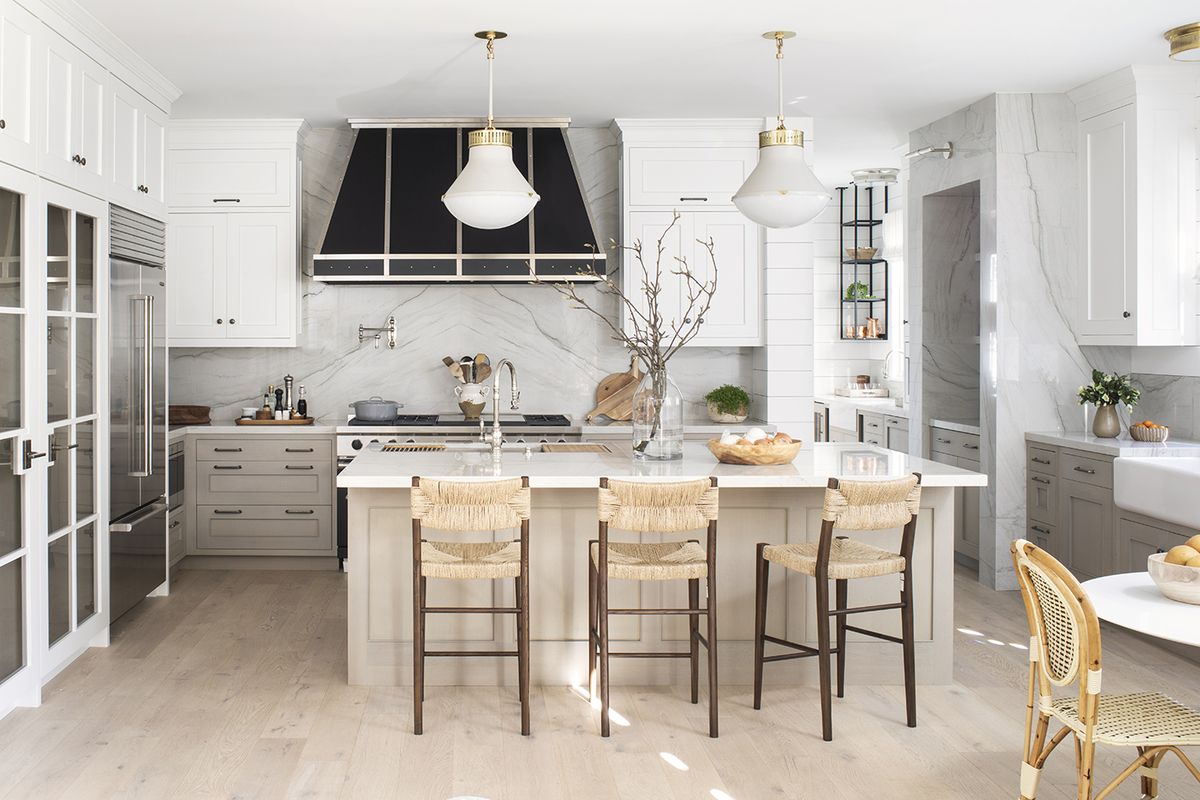
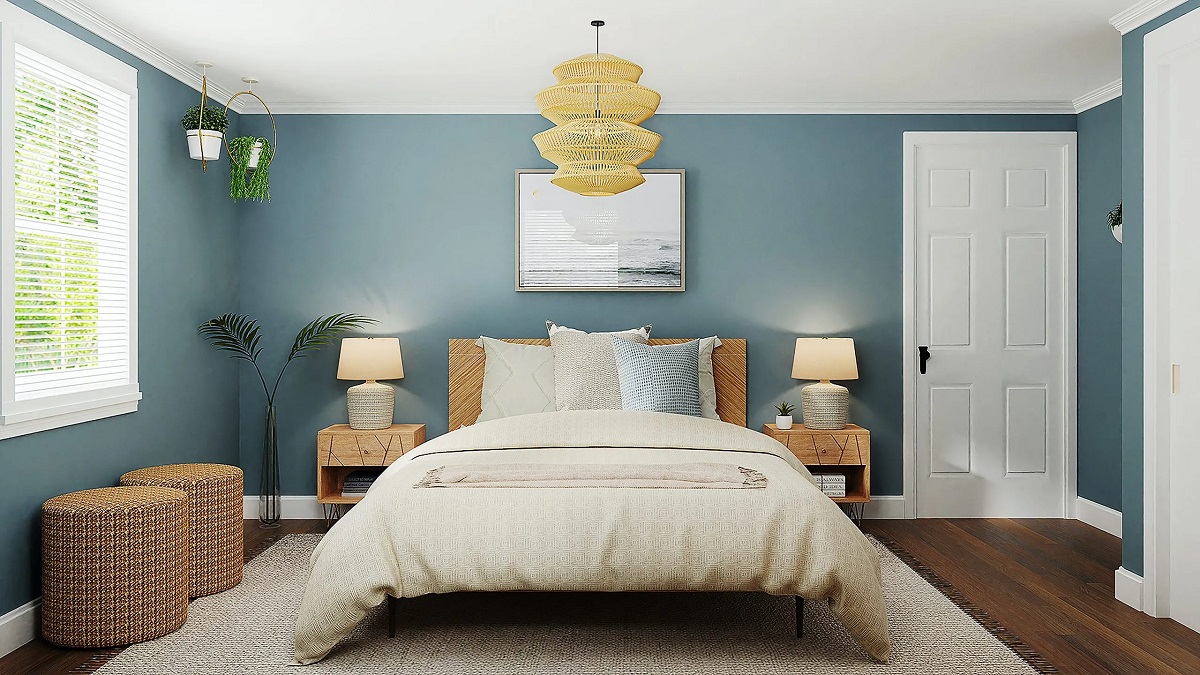
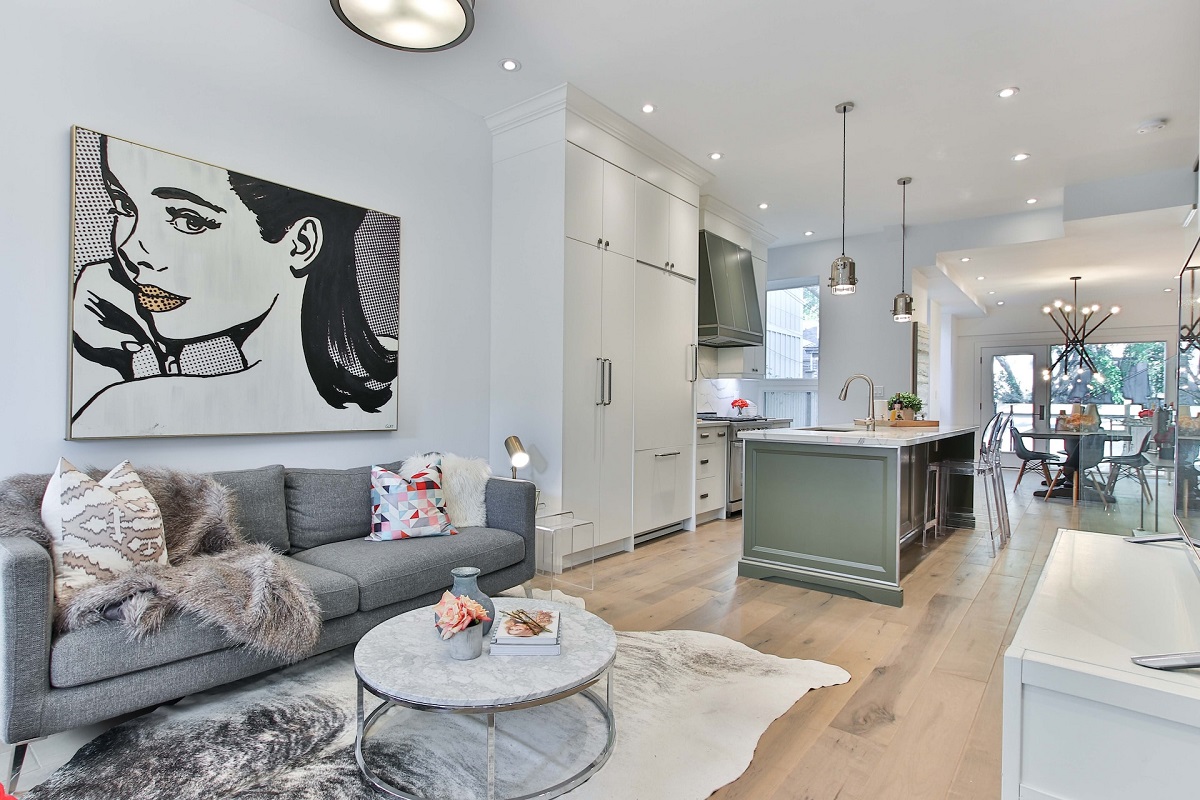
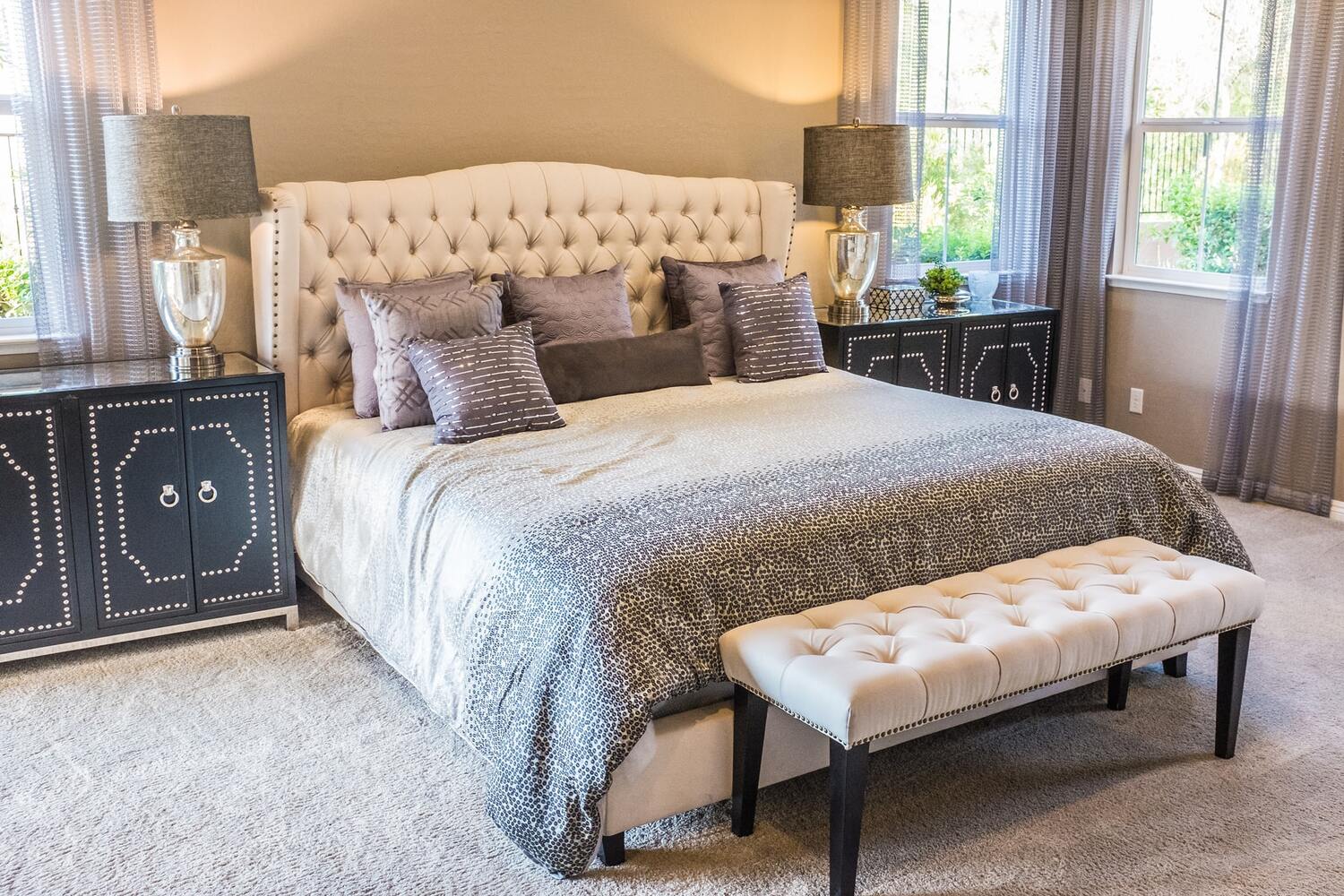
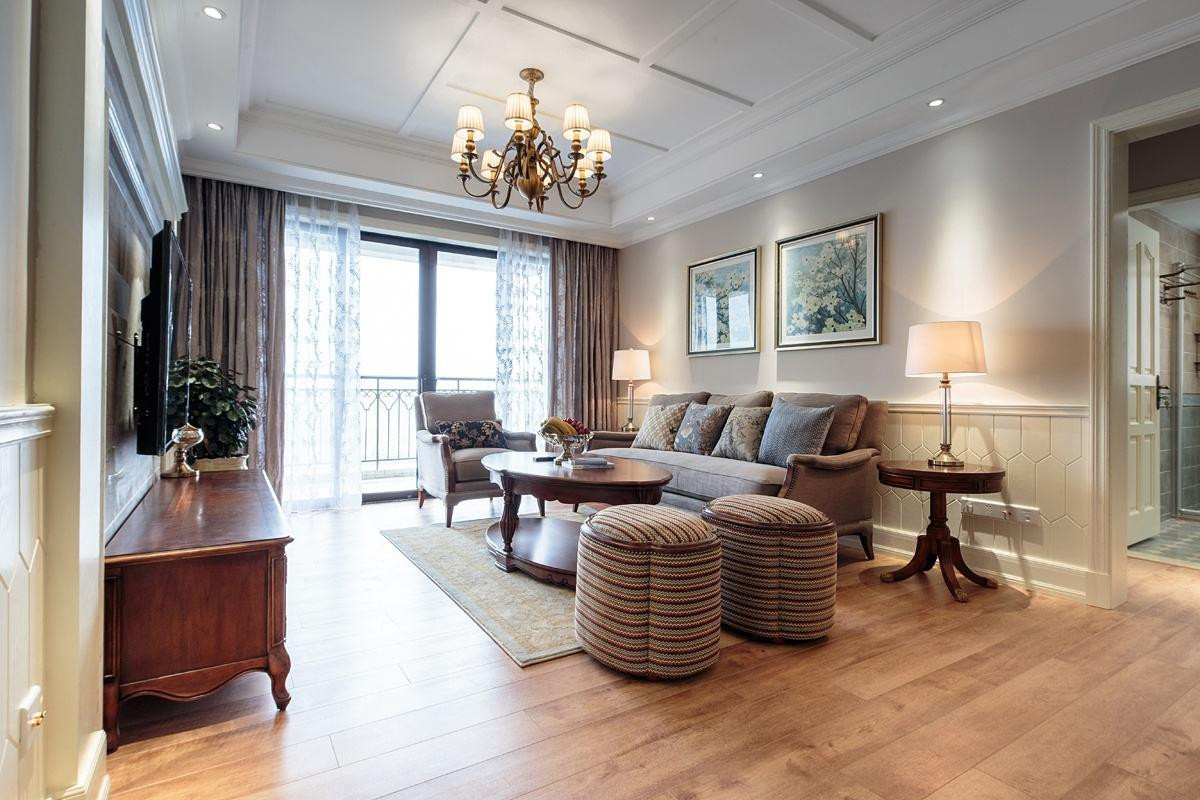
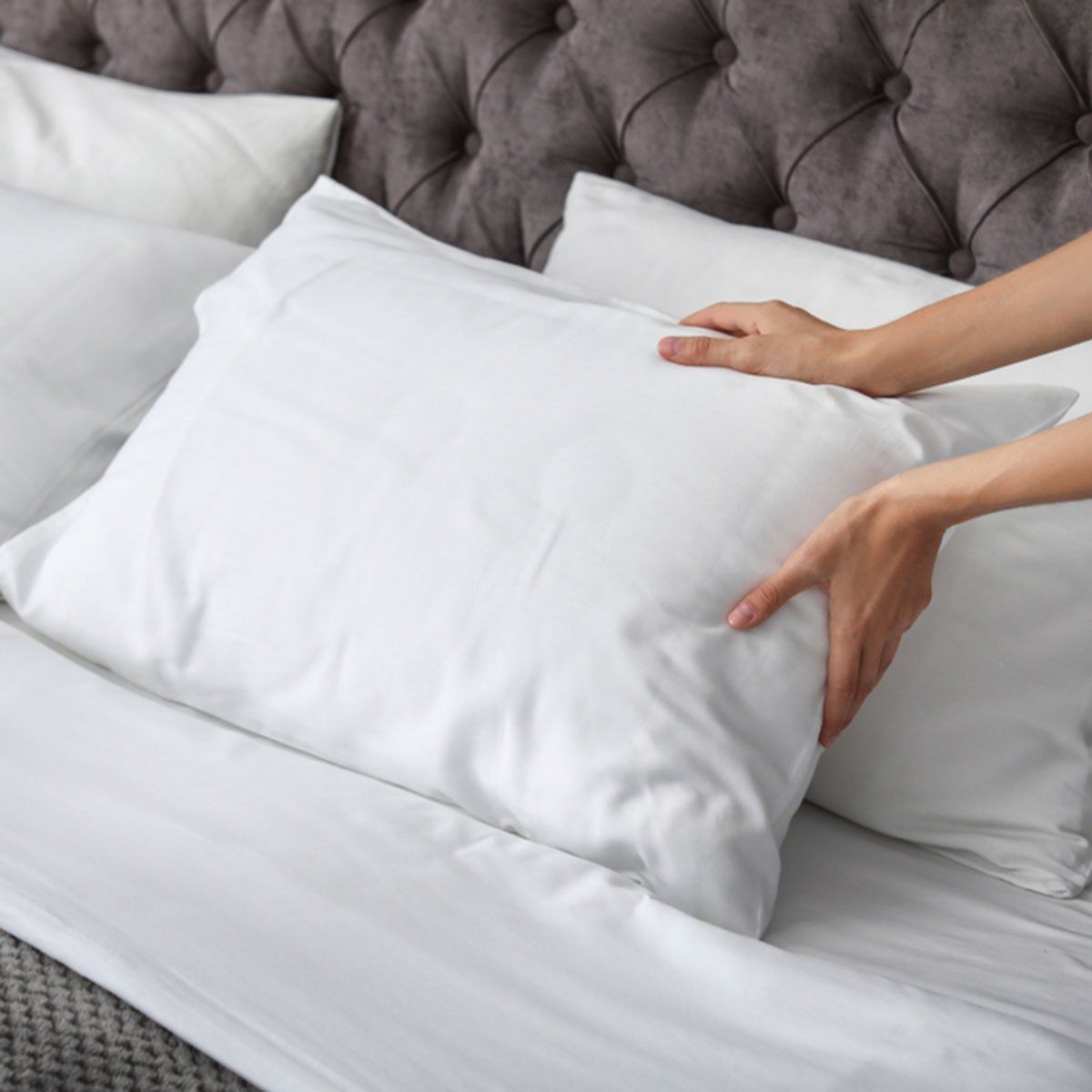
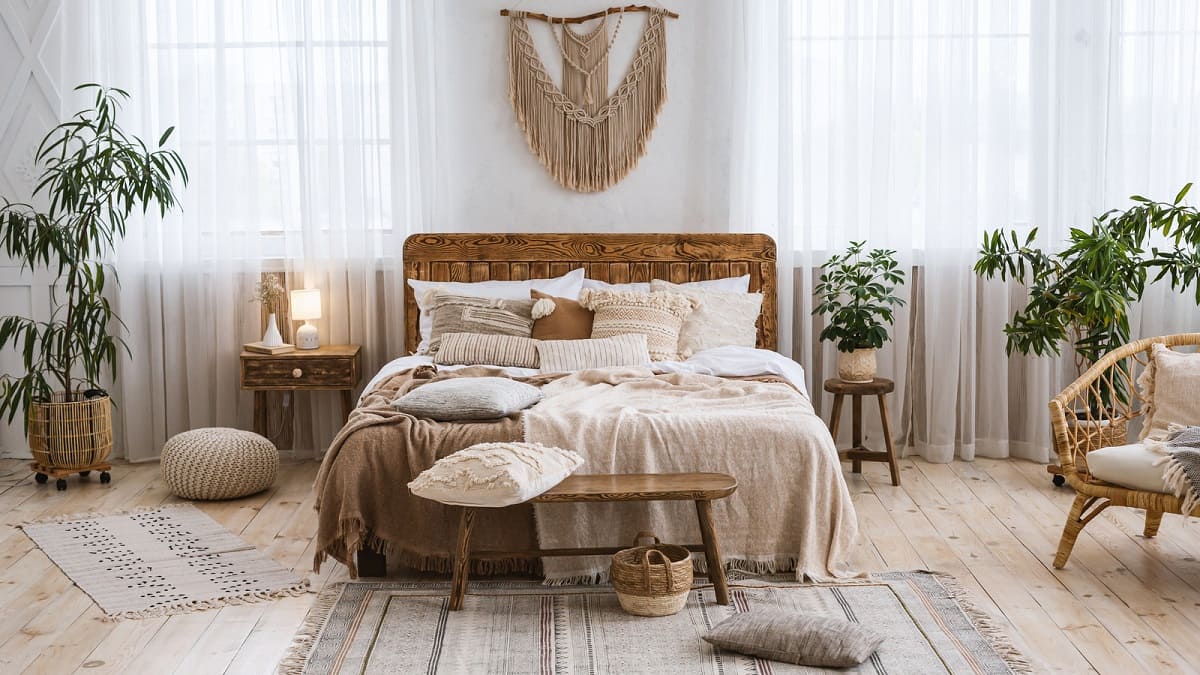
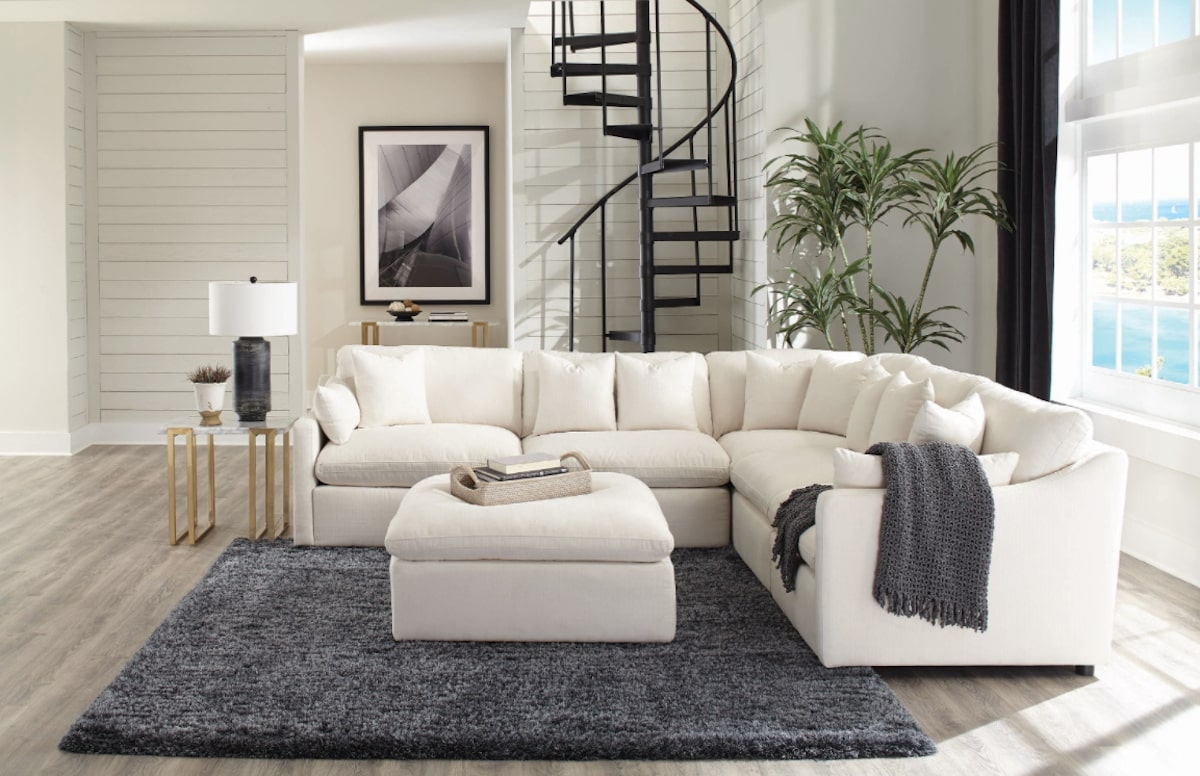
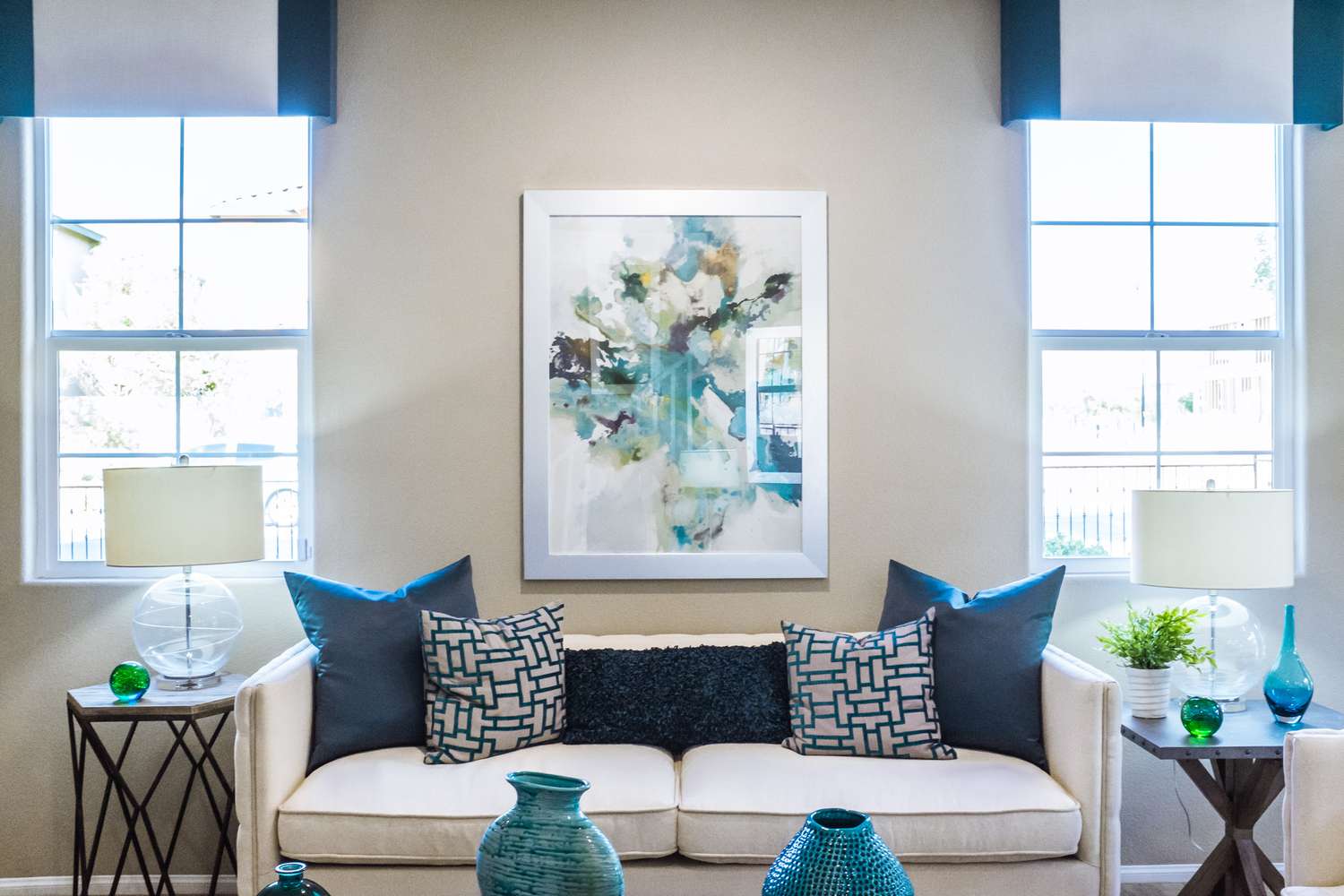
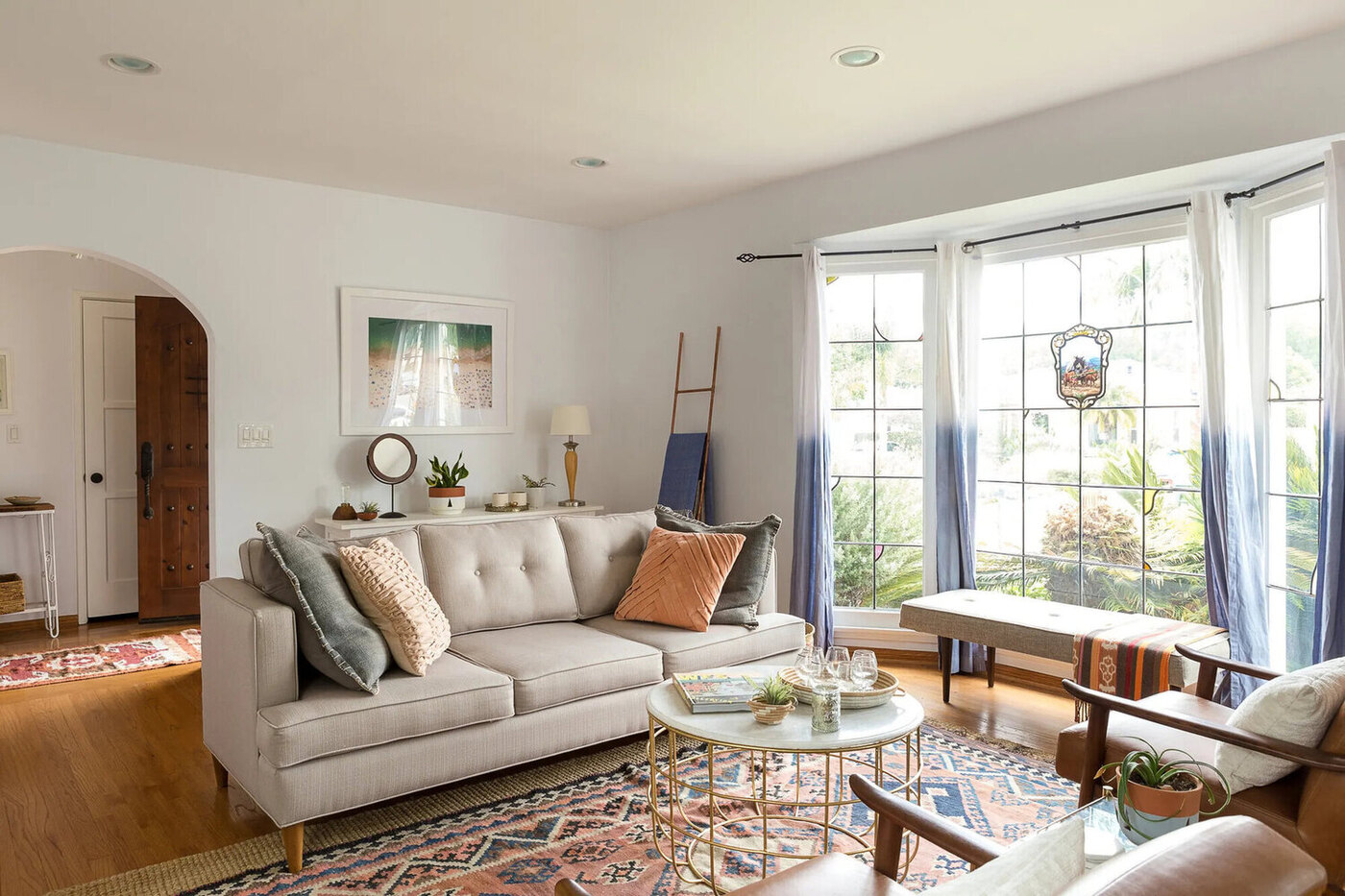
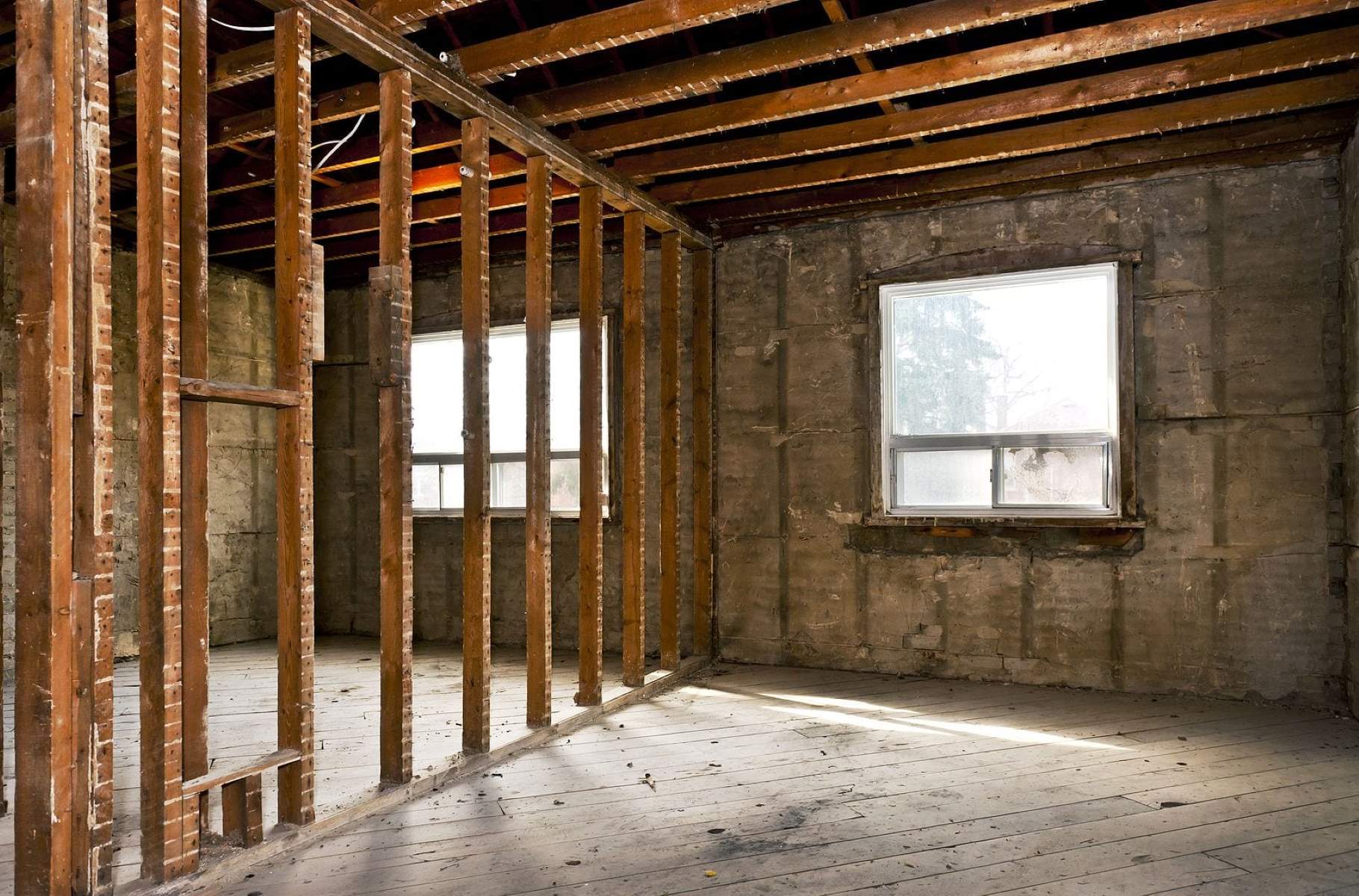
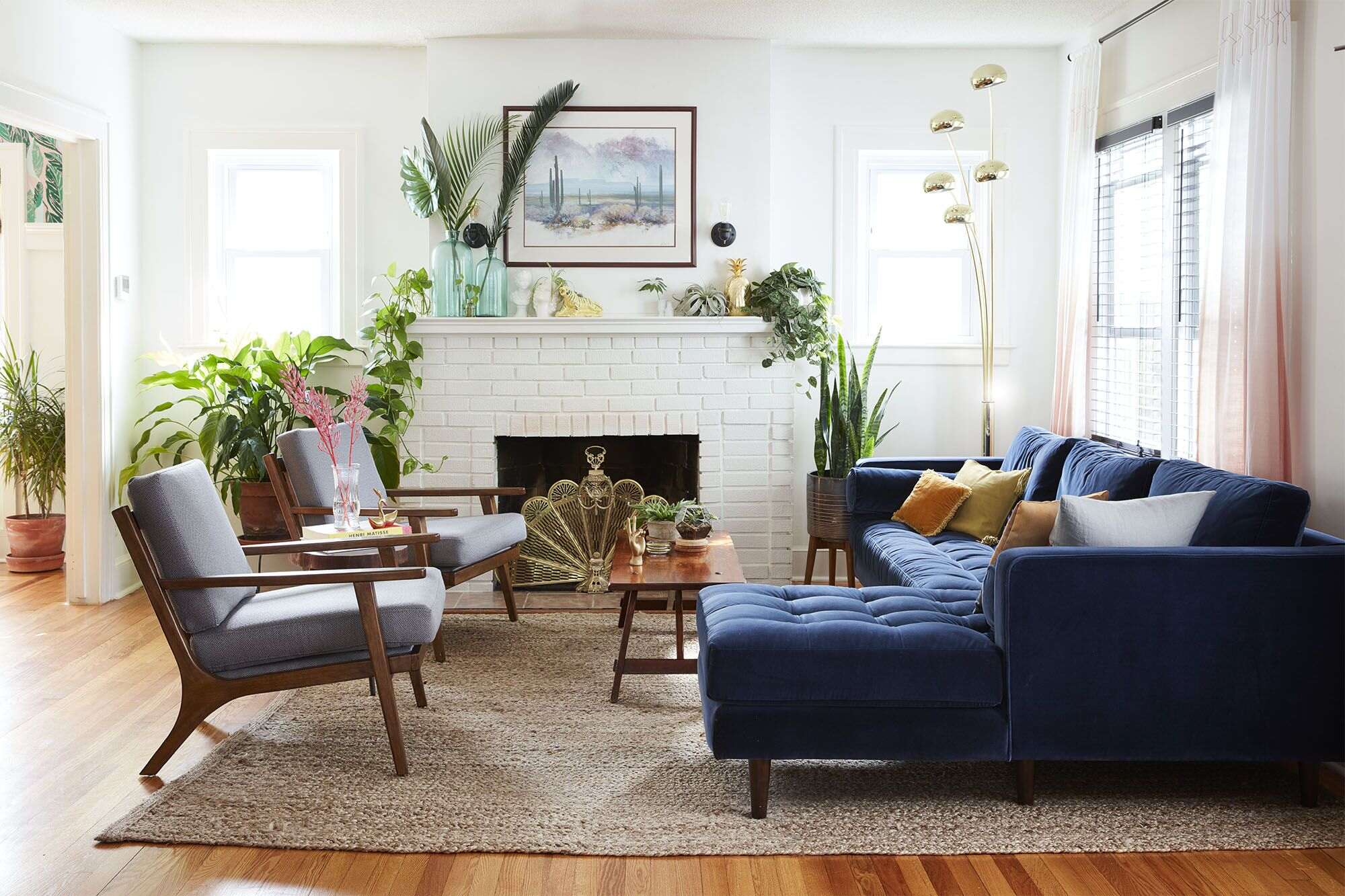

0 thoughts on “How Do I Make My Feng Shui House Happy? The Experts Advise”